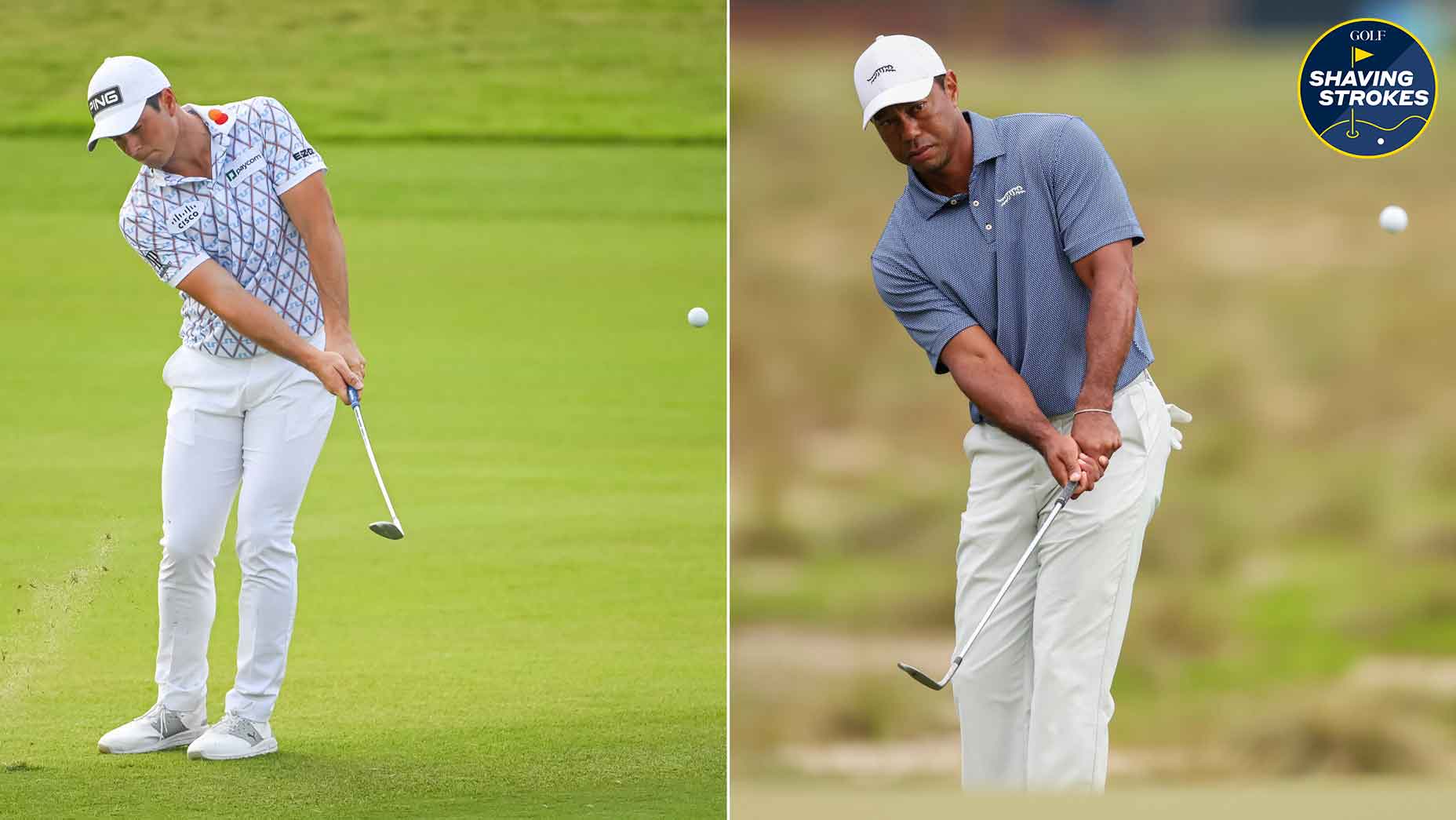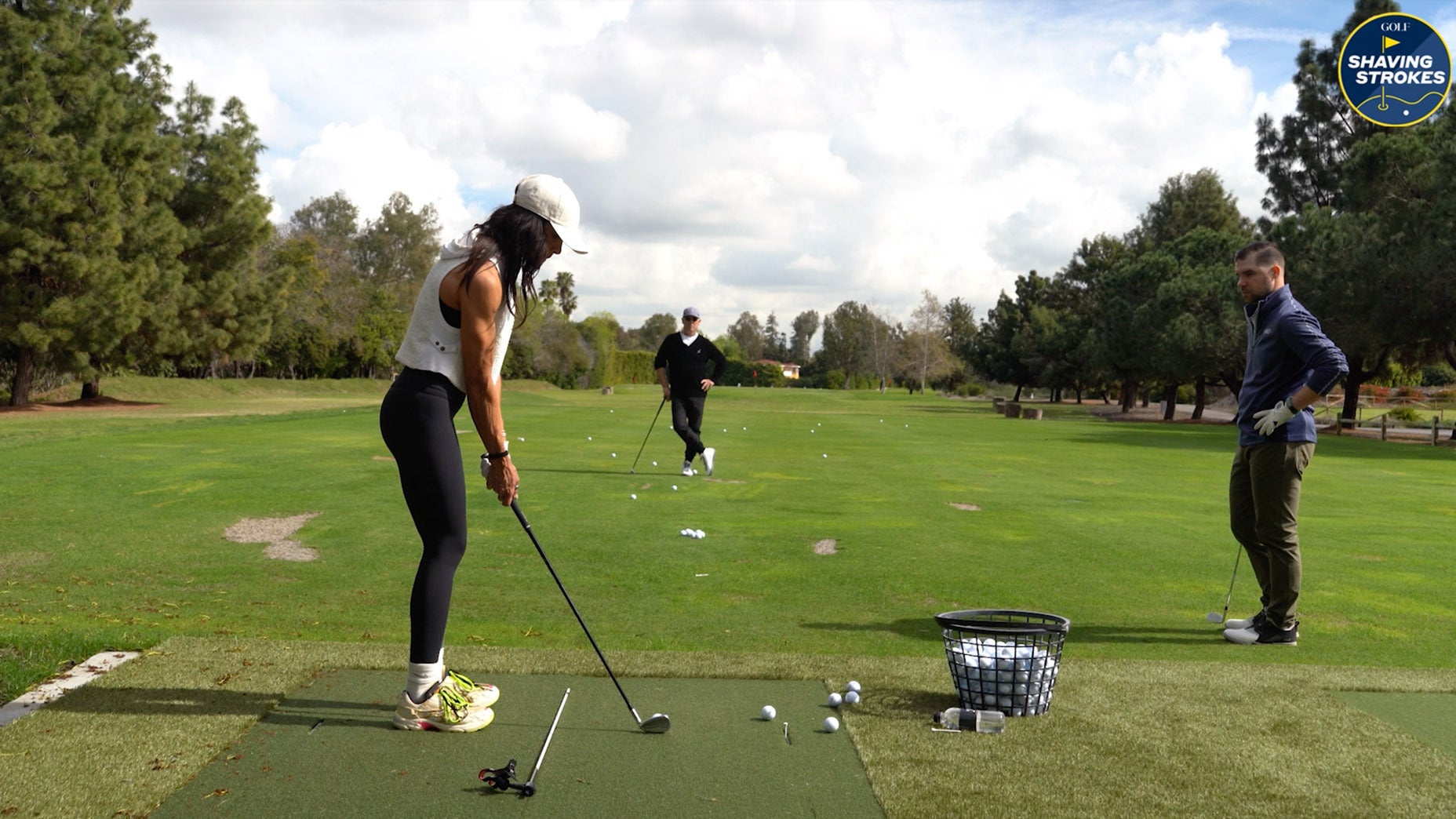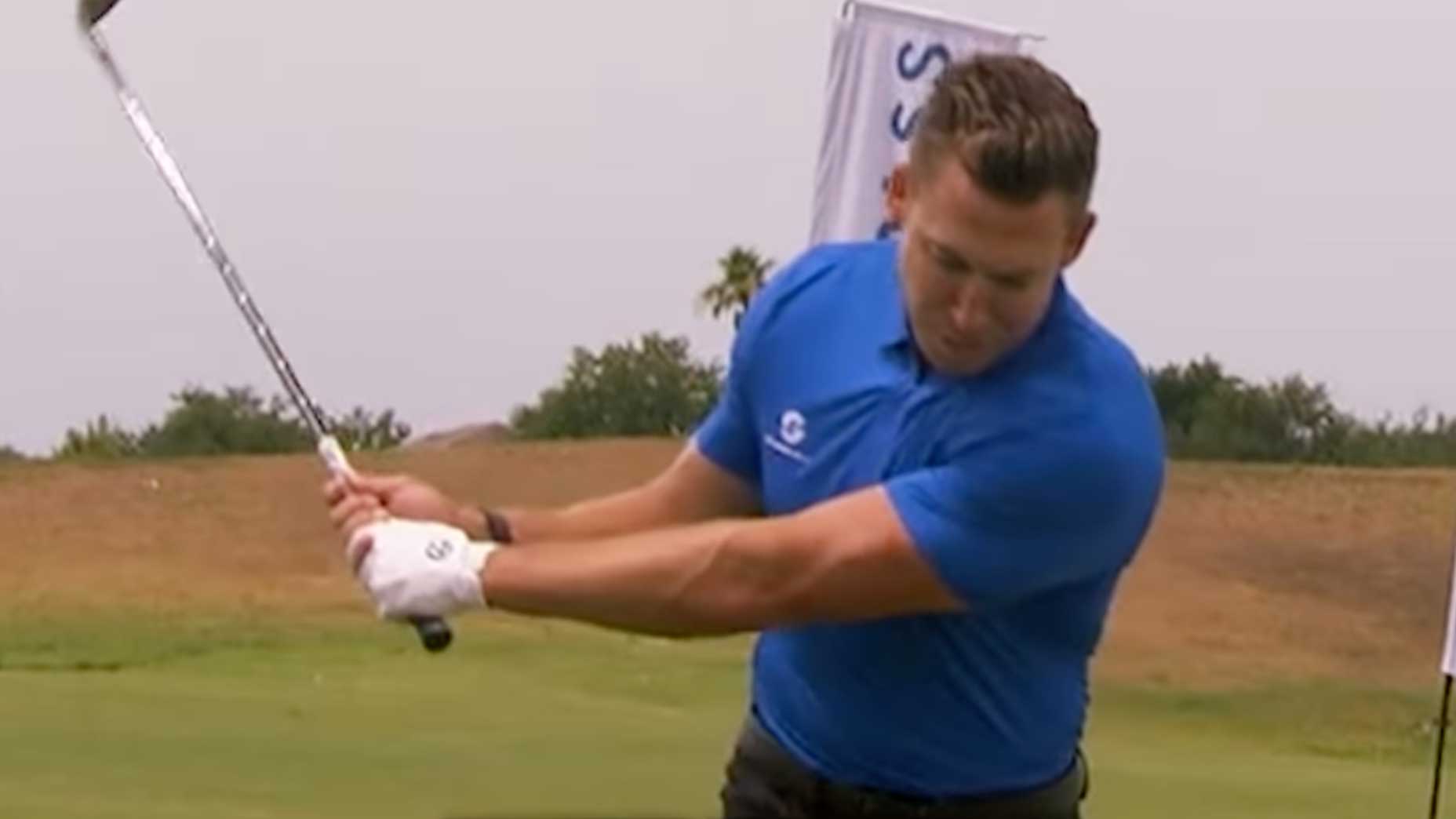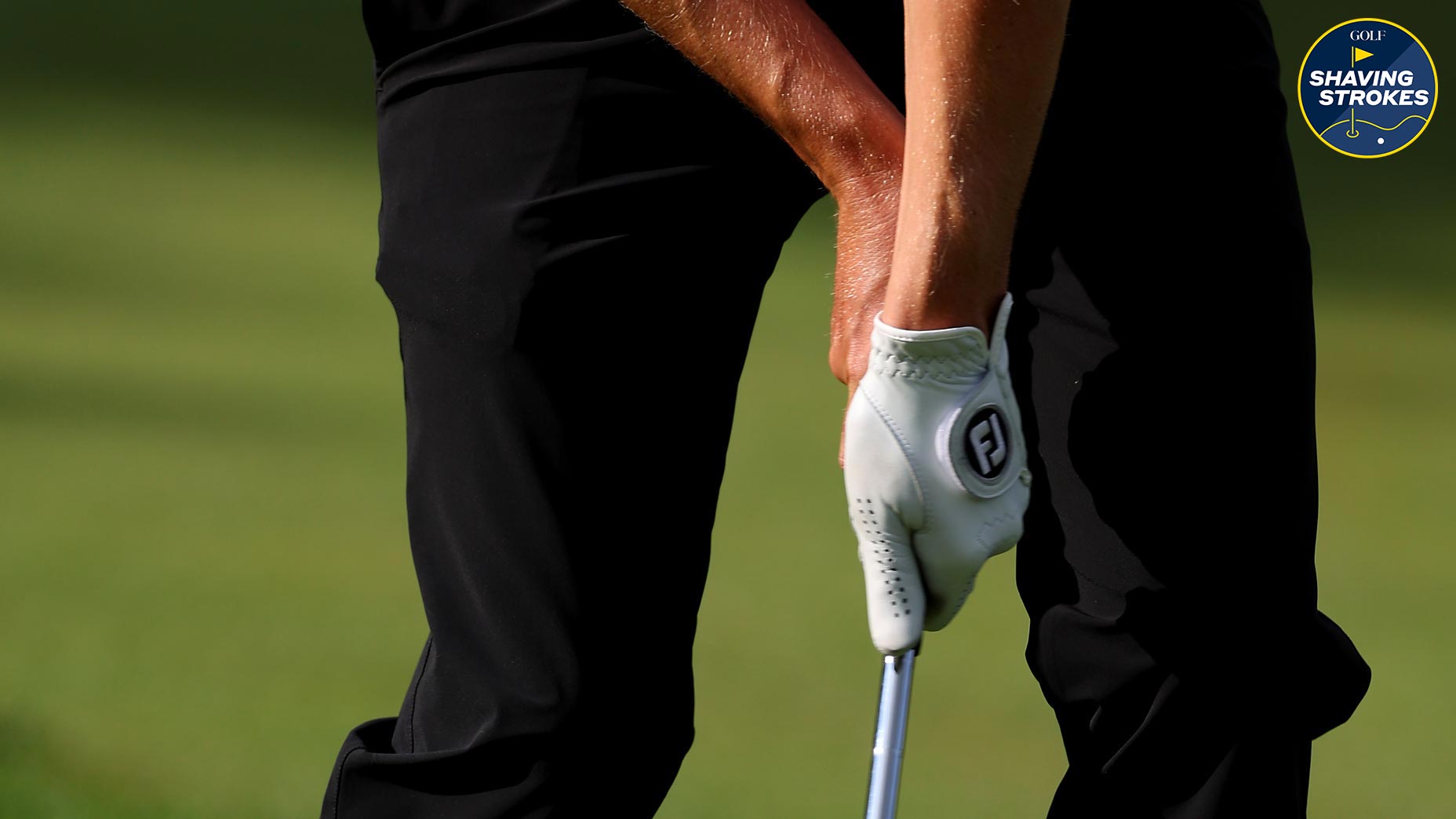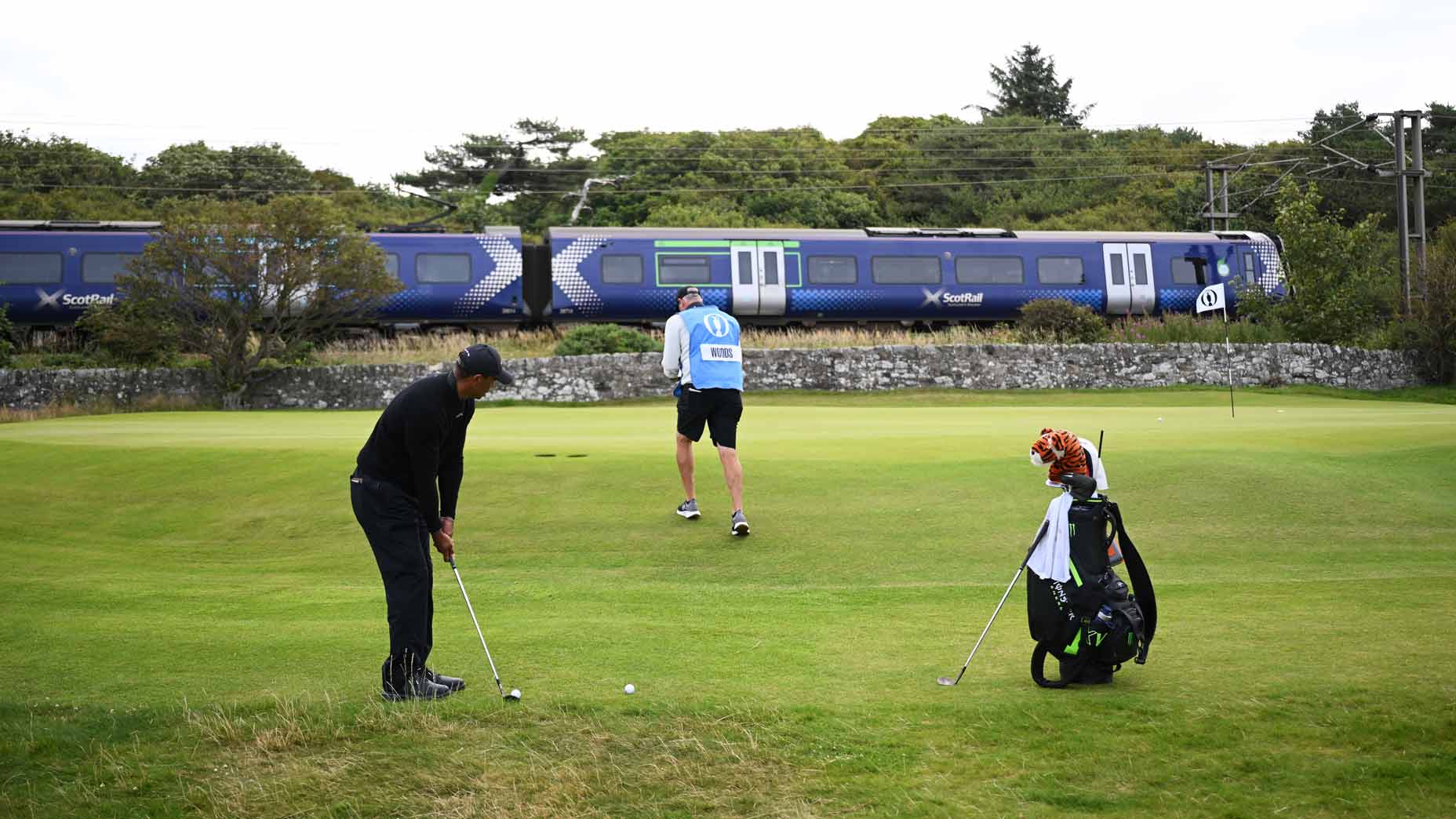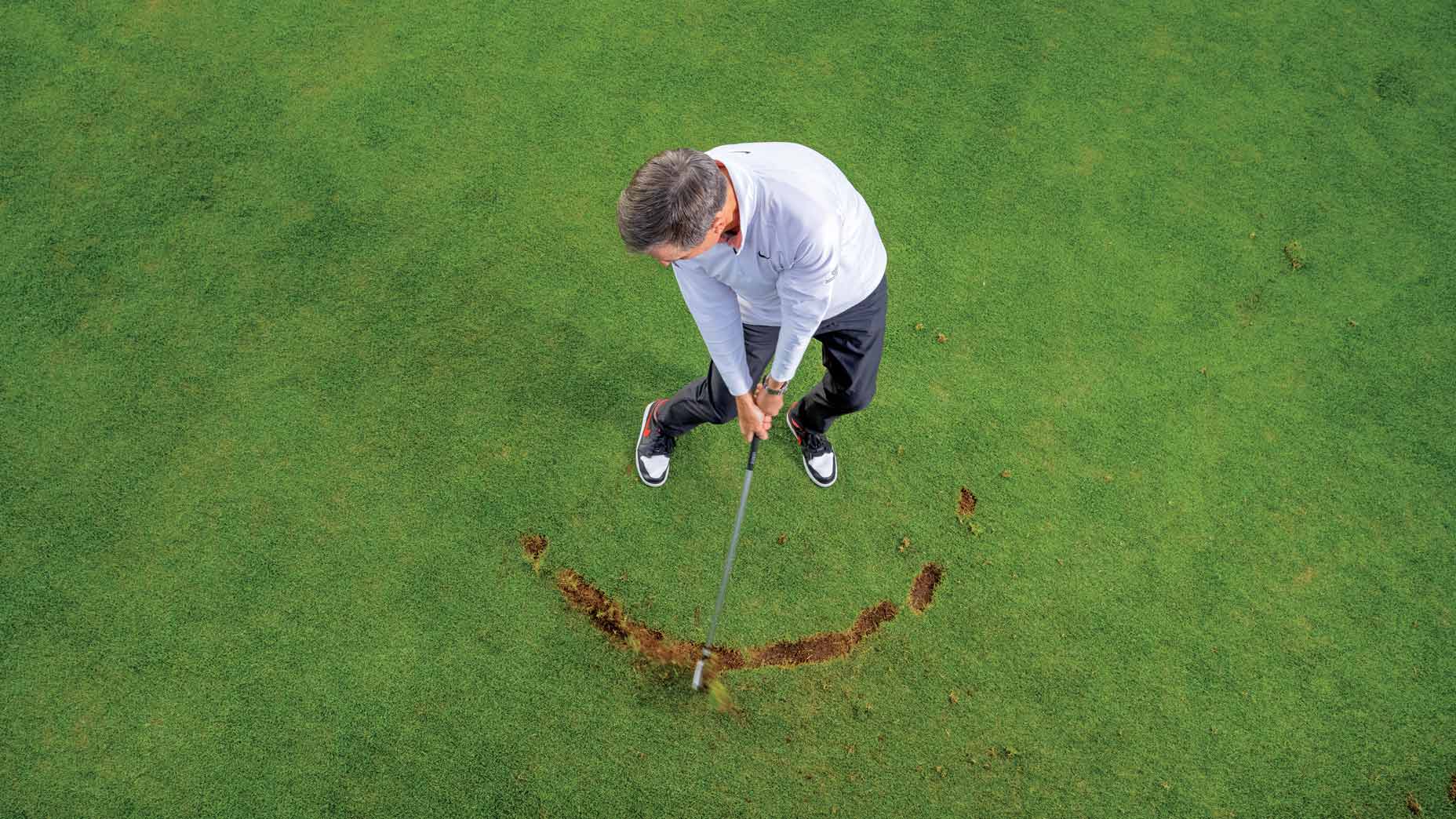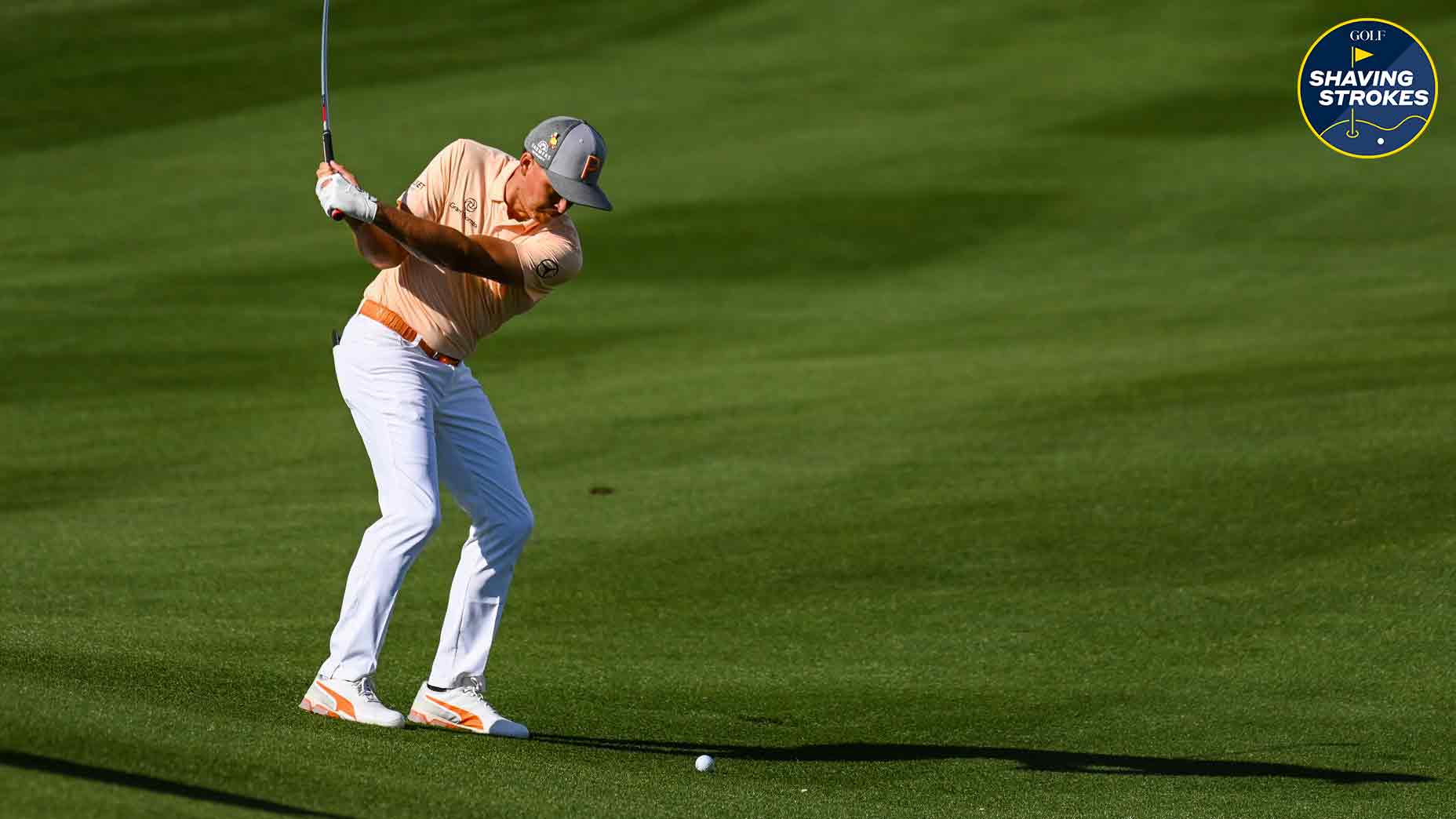10 steps to become great at chipping
- Share on Facebook
- Share on Twitter
- Share by Email

Because better chipping means better chances at lower scores.
Getty Images
In order to become a complete golfer, one must become great at chipping; even the best players miss greens, after all. By doing so, you’ll save strokes on your scorecard and gain confidence prior to stepping onto the putting surface.
So how can you become great at chipping? By focusing on the fundamentals.
Below I’ll highlight 10 chipping steps that will help you prioritize technique, allowing for consistent contact that will control distance and lower your scores. Check them out and start applying them to your own game for more success!
1. If you can putt, you can chip
Since the two swing motions are similar, if you are a decent putter then you should see success chipping as well. So the more you equate the two motions, the better.
I like to have my students putt first and then chip. Once their putting is respectable, towards the end of a practice, they can typically start to apply that same putting motion to chipping.
2. Grip down to resemble your putter grip
In an effort to make your chipping resemble putting as much as possible, you want to hold quite low on the handle of your chipping club. This will make the length the same as your putter.
As a general rule, you want to place your hands on the bottom of the grip when you chip. This will help you be more accurate, since you don’t need power while chipping as much as with other shots.
3. Narrow your stance
When it comes to your stance while chipping, I like to see it about the width of one clubhead apart. The narrow stance will help limit both motion and stroke size.
Your setup should make it quite obvious that you’re chipping, as this smaller motion matches a smaller setup.
4. Good posture is a must
I have found that golfers who struggle to make good contact while chipping often have poor posture and setups.
If this sounds like you, try bowing forward from the hips, allowing the arms to hang. The hands should be below the shoulders, and there should be a bit of space between the hands and the thighs.
Arms that hang with the hands below the shoulders will allow the arms and club to return to where they start, helping produce center face contact.
5. Don’t crowd your ball
If you crowd your ball and stand too close to it, it’s easy to hit shots fat and get the club stuck in the ground.
If your arms extend (or seek space) during the stroke motion, you may either slam the club into the ground or hit the ball off the heel; which produces a shank.
When this is the case with golfers I work with, I recommend using some alignment sticks. This allows for instant feedback, reminding them to create enough space at address.
6. Ball position should be center to slightly back
When it comes to chipping, always be sure your ball position is centered to slightly back in your stance. This will produce a lower ball flight, allowing for more roll on your chips.
But don’t go too far back with the ball position, as this can lead to an excessive amount of shaft lean, causing the leading edge to dig and the club to get stuck in the ground.
You absolutely want to avoid forward ball position when chipping, as it can lead to hitting the ground before contact with the ball.
7. Lean everything equally
Set the club behind the ball, grip low on the handle, and adjust your feet to narrow your stance. Now lean towards your target, making sure your body and the club lean equally. Your club shaft should not lean more forward than the center of your body.
8. Feel the clubhead
To really master the art of chipping, you must be good at controlling distances. With a bit of focused practice, you can learn how to roll your chips close to the hole. While this requires a bit of time to learn, the more relaxed your hands and arms are, the more likely you are to have great feel and touch.
The more you feel the clubhead when chipping, the more likely you can develop soft touch around the green. This will help you roll your chips close enough to the cup for more tap ins.
9. Brush the grass
Hitting a proper chip shot means your club brushes the grass and then hits the ground.
By leaning your body towards the target at address, this will place your sternum on the target side of the ball — which will lightly steepen your shoulders and allow the lead shoulder to lower, which helps the club hit the ground after contacting the ball.
To practice this, place a tee in the ground on the target side and brush the tee with your clubhead. This is one of my favorite chipping drills.
10. Make the proper club selection
Choosing the right club for any shot on the golf course is important, but it’s extra critical when you’re chipping. That’s because the right club will help you control your distance.
So if you’re chipping with the right club, even a mishit can still produce a great result.
If you find yourself hitting good chips but the ball ends up short, avoid taking a larger stroke. Instead, choose a lower lofted club.
Remember, the smaller the stroke, the less chance for error.

Lag Shot Wedge
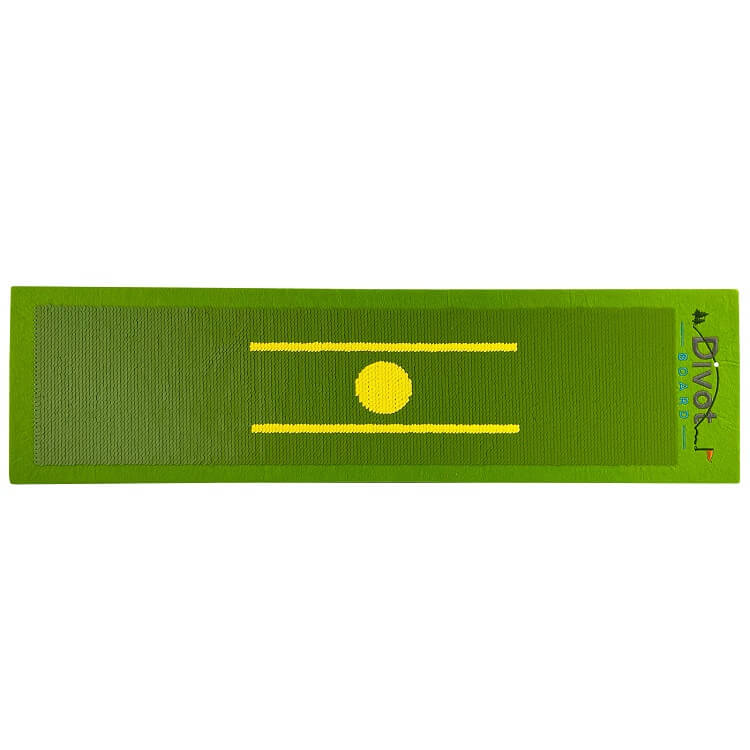
Divot Board
Latest In Instruction

Golf.com

